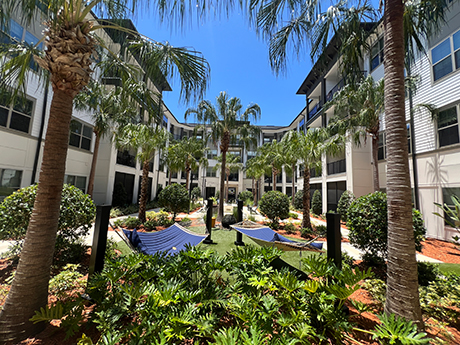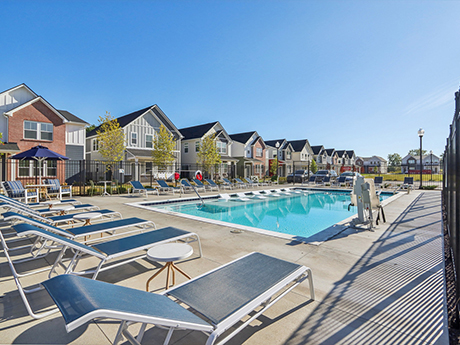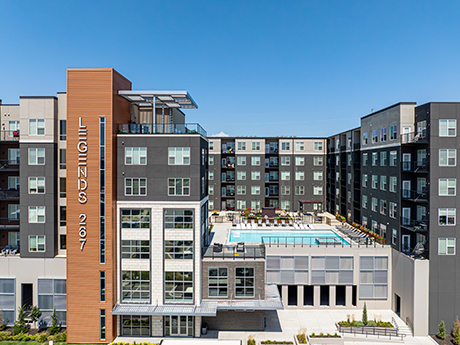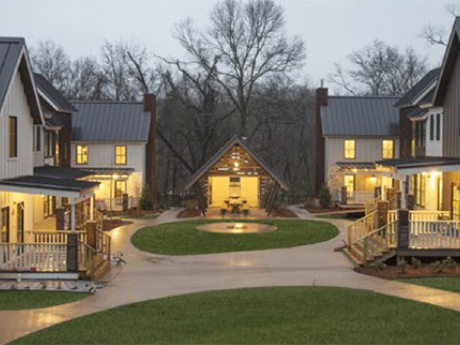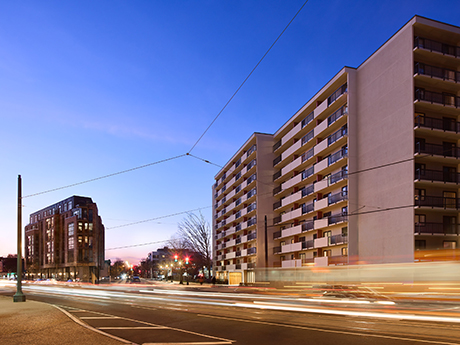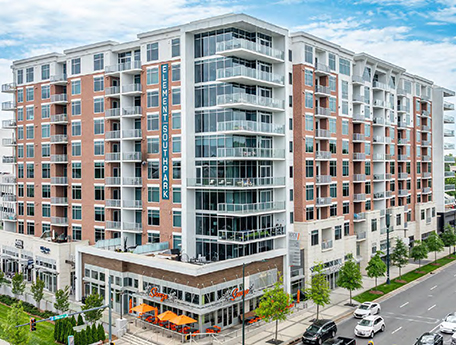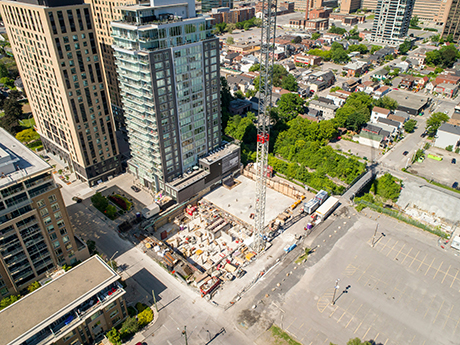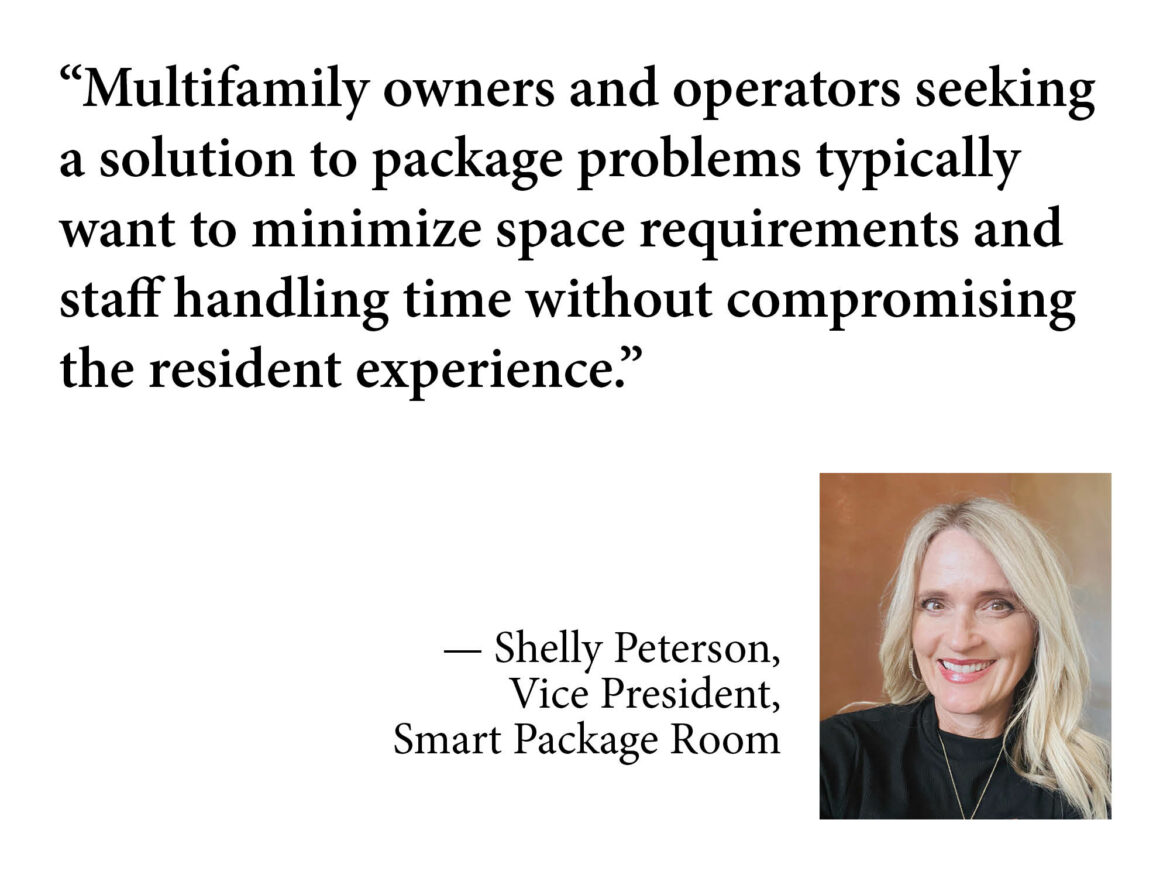By Paul Berry Jacksonville is increasingly recognized as an outstanding place to live, work and build a business. Its multifamily sector, while recently challenged by a wave of new supply, is set for a rebound that will reward patient investors. With peak deliveries now in the rearview mirror, the metro area is well positioned for a strong cyclical upswing, complementing its already robust economic trajectory. Core Drivers: Population Growth, Pro-Business Jacksonville is a legitimate, big-league city. The population of the metro area has reached 1.76 million, growing by about 37,000 …
Features
In What Ways Is Student Housing a Different Animal Than Conventional Multifamily? InterFace Panel Weighs In
ATLANTA — Andrew Layton, chief acquisition officer for Atlanta-based Student Quarters, knows that from a commercial real estate investment standpoint, the student housing sector possesses a key advantage: the relative permanence of many flagship universities nationally. “There is no risk of the University of Kentucky uprooting itself from Lexington and moving to Frankfort anytime soon. In the conventional multifamily world, neighborhoods come, neighborhoods go. What was hot yesterday may not be so hot today. What was cold yesterday may be the flaming new market tomorrow. That’s just not the case …
Stars Align for Midwest Build-to-Rent Market as Tenant Demand, Developer Returns Fall in Sync
By Kristin Harlow Higher rents and lower turnover are a few of the key advantages build-to-rent (BTR) properties have over traditional multifamily product, according to investors. Meanwhile, the sector continues to experience strong demand from tenants priced out of the housing market as well as renters by choice who prefer flexible, maintenance-free living. BTR units typically have all the perks of a single-family home — privacy, garages and yards — without the hassles of landscaping or property maintenance. “The BTR sector is experiencing significant growth because it addresses a genuine …
By David NelsonHamilton Zanze There’s a real argument to be made that Kansas City is one of the country’s most overlooked cities as well as one of its most underappreciated multifamily investment markets. The metro’s residents and visitors can provide ample testimony to the city’s jazz culture, museums, sports scene, affordability and world-class barbecue. But beyond lifestyle, Kansas City has the qualities that matter most to multifamily investors: steady population growth, a balanced economy, measured supply and consistent apartment demand. For investors looking for durable performance across market cycles, metro …
How Pocket Communities Can Meet Urban Redevelopment Needs, Create Public-Private Partnership Opportunities
By Miles AlexanderAlexander Goshen Traditional, large-scale urban developments have failed to create vibrant, sustainable neighborhoods. Pocket communities represent a transformative approach that addresses those fundamental shortcomings through innovative public-private partnerships and financing mechanisms. Small-scale developments of eight to 12 homes clustered around shared common spaces are experiencing significant growth as municipalities, developers and investors recognize their superior capacity to foster community connection, financial viability and environmental sustainability. What Are Pocket Communities? Pocket neighborhoods are clustered groups of smaller residences gathered around a shared open space, such as a garden courtyard, …
In Washington, D.C., access to affordable housing remains a critical challenge. According to the National Low Income Housing Coalition, as of 2023, more than 54,700 extremely low-income renter households lived in the city, yet only 17,300 affordable and available rental homes were on the market at that income level. D.C. is far from alone. Nationwide, there are only 35 affordable homes for every 100 extremely low-income renters, leaving millions without access to stable, secure housing. Renovating affordable housing, whether for refinancing, RAD (Rental Assistance Demonstration) conversion or preservation, is …
Multifamily fundamentals are showing encouraging signs for investors. CBRE reports that more than two units were absorbed for every unit completed during the second quarter of this year, lowering the national vacancy rate to 4.1 percent, down from 5.5 percent one year prior. Year-over-year effective rent growth increased to 1.2 percent during the second quarter, the first time in two years the rate surpassed 1 percent. CBRE estimates that multifamily construction starts at midyear were 74 percent below their 2021 peak and 30 percent below their pre-pandemic average. Yardi Matrix …
By Joe Gose Compare the dynamics of the multifamily debt environment of four years ago to today, and at first glance not much appears to have changed. A wave of capital ready for deployment? Check then and check now. The same can be said for the type of lenders active in the space: Life insurance companies, Fannie Mae and Freddie Mac, private credit sources, and banks were all hungry for deals back then and have a similar appetite today. Of course, the economics have shifted dramatically. A spike in interest …
Owner-Controlled Insurance Programs Can be Cost Effective, But Only if Negotiated Smartly
By Max Stein and Robert Alfert For any construction project, insurance coverage is a critical factor in managing risk. In recent years, owner-controlled insurance programs (OCIPs) for large-scale commercial and residential construction projects have grown in popularity. OCIPs are mainly known for being “wrap-up policies,” which means the owner/developer pays the premium, and the policy provides coverage for all contractors and subcontractors working on the project, with the exception of some higher-risk trades, such as hazardous-materials handling or demolition. While OCIP costs can vary widely depending on project scale and …
Scalable Solutions for Multifamily’s Growing Package Problem
At too many multifamily communities today, managers spend much of their time receiving, safeguarding, retrieving and tripping over a rising tide of parcels awaiting pickup by residents. A range of cages, lockers and other systems promise to ease the package management burden, but most still require staff oversight and may not securely accommodate bulky items or seasonal surges in deliveries. “The sheer volume of packages residents are getting has increased, and that has driven a lot of frustration with package management,” says Shelly Peterson of Smart Package Room, which makes …


